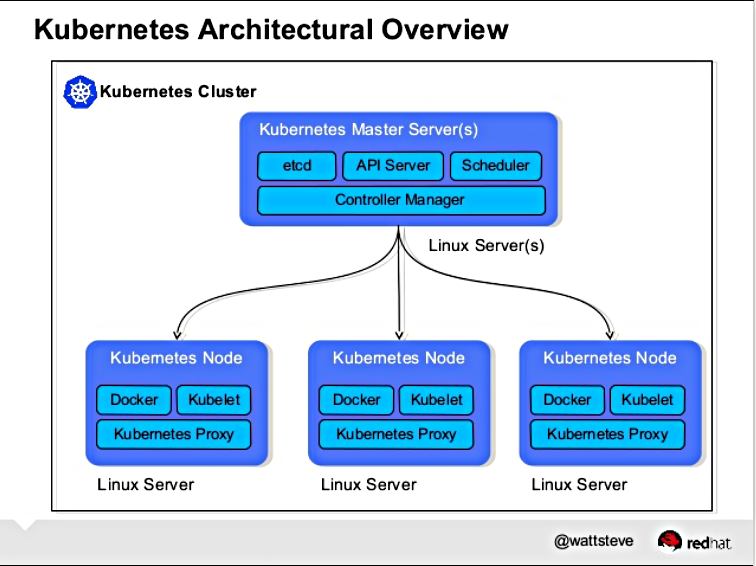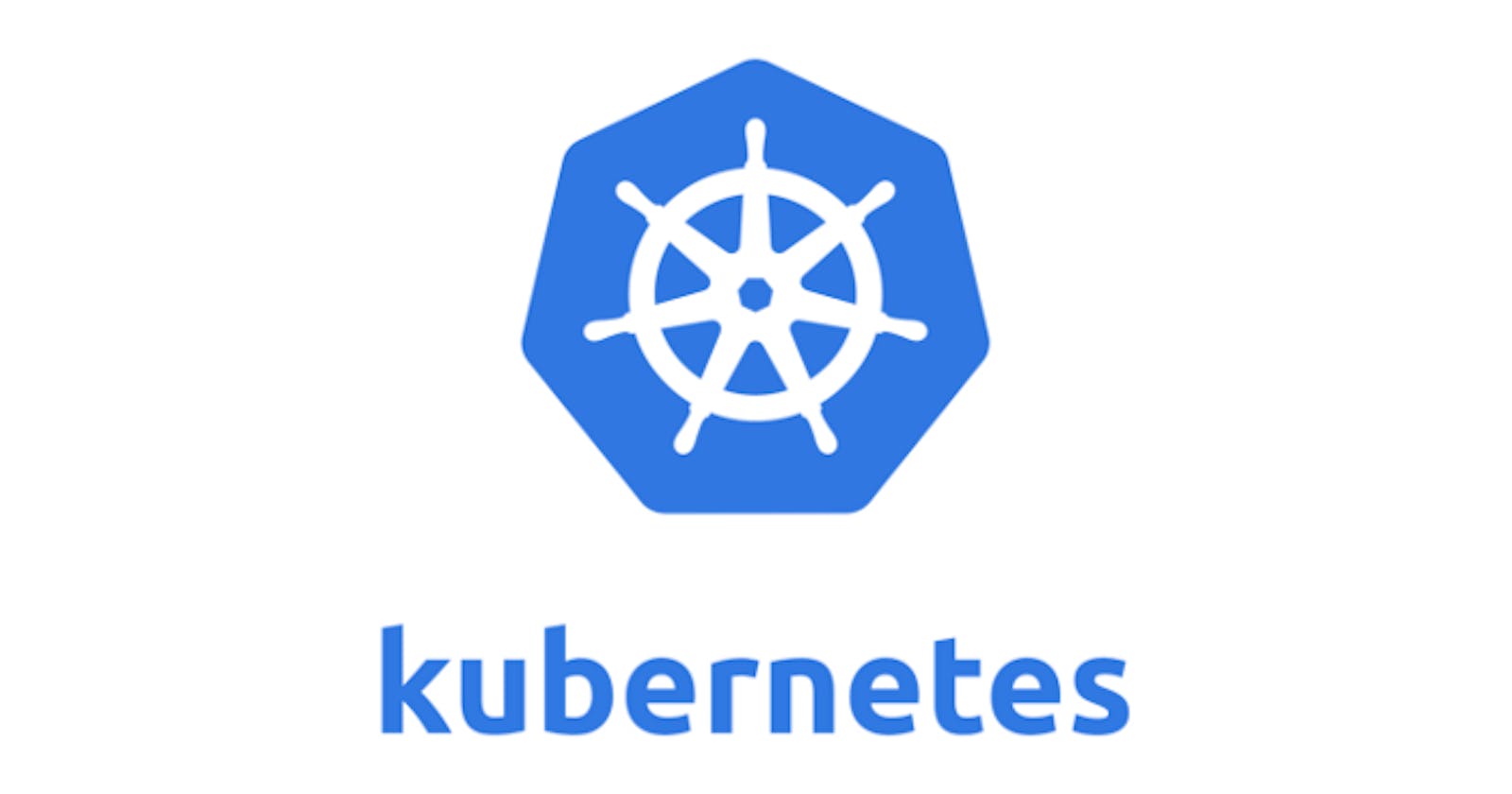Kubernetes is a portable, extensible, open-source platform for managing containerized workloads and services, that facilitates both declarative configuration and automation. It has a large, rapidly growing ecosystem. Kubernetes services, support, and tools are widely available.
A Kubernetes cluster is a set of nodes that run containerized applications. Containerizing applications packages an app with its dependences and some necessary services. They are more lightweight and flexible than virtual machines. In this way, Kubernetes clusters allow for applications to be more easily developed, moved and managed.
Kubernetes clusters allow containers to run across multiple machines and environments: virtual, physical, cloud-based, and on-premises. Kubernetes containers are not restricted to a specific operating system, unlike virtual machines. Instead, they are able to share operating systems and run anywhere.

Controlling access to the Kubernetes API:
As Kubernetes is entirely API driven, controlling and limiting who can access the cluster and what actions they are allowed to perform is the first line of defense.
- Using the Transport Layer Security (TLS) for all API traffic:
The default encryption of the API for Kubernetes is done through the TLS, some components and installation methods may enable local ports over HTTP and administrators should familiarize themselves with the settings of each component to identify potentially unsecured traffic.
- API Authentication:
API authentication that gives applications with the ability to communicate with API server to provide access. When a user logs into the system, it requests authentication in the form of a token. All API clients must be authenticated, even those that are part of the infrastructure like nodes, proxies, the scheduler, and volume plugins.
Limiting resource usage on a cluster:
When several users or teams share a cluster with a fixed number of nodes, there is a concern that one team could use more than its fair share of resources.
Resource quotas are a tool for administrators to address this concern.
A resource quota, defined by a ResourceQuota object, provides constraints that limit aggregate resource consumption per namespace. It can limit the quantity of objects that can be created in a namespace by type, as well as the total amount of compute resources that may be consumed by resources in that namespace.
Limiting ranges would prevent users from requesting unreasonably high or low values for commonly reserved resources like memory, or to provide default limits when none are specified.
Restricting network access:
The attack on the Cluster through a network could be an external one, for this purpose, we need network policies .
The network policies for a namespace allows application authors to restrict which pods in other namespaces may access pods and ports within their namespaces. Many of the supported Kubernetes networking providers now respect network policy.
Enabling audit logging:
Audit logger records actions taken by the API for later analysis in the event of a compromise. It is recommended to enable audit logging and archive the audit file on a secure server.
Summary:
Securing Kubernetes is not a easy task, one should know how to use different tools and techniques to secure the Kubernetes Cluster.
Kubernetes documentation provides more information on how to secure clusters. Most of the content of this blog is taken from the official Kubernetes docs.

